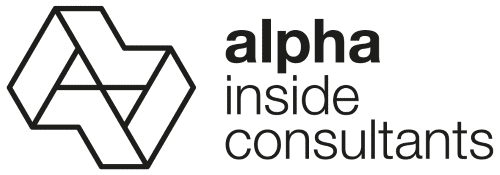Intensified reporting on sustainable forms of investment and movements such as Fridays for Future have ensured that the range of sustainable forms of investment has increased exponentially. At European level, these types of investment benefit from a wide range of support measures and regulations, such as the European Disclosure Regulation, which came into force on March 10, 2021. As a result, financial products are divided into three categories. These are based on different shades of green:
- Conventional and sustainable financial products (Article 6) without defined ESG characteristics
- Sustainable financial products with environmental and social characteristics (Article 8, also referred to as "light green")
- Sustainable financial products with a targeted sustainability impact (Article 9, also referred to as "dark green")
The providers classify their products themselves and must indicate the classification in the sales prospectus. As more and more investors want to invest their money in an ESG-compliant manner, attempts are being made to classify as many products as possible as sustainable. The classification in accordance with the EU regulation acts as a kind of seal of approval, which is intended to prevent or make it more difficult for "green washing" to take place. However, it is only afterwards that auditors and supervisory authorities check whether suppliers are fulfilling their transparency obligations. Although the categorization is a first step in the right direction, the classification criteria still lack a concrete formulation in some areas.
You can find out more about ESG and the Taxonomy Regulation here.



